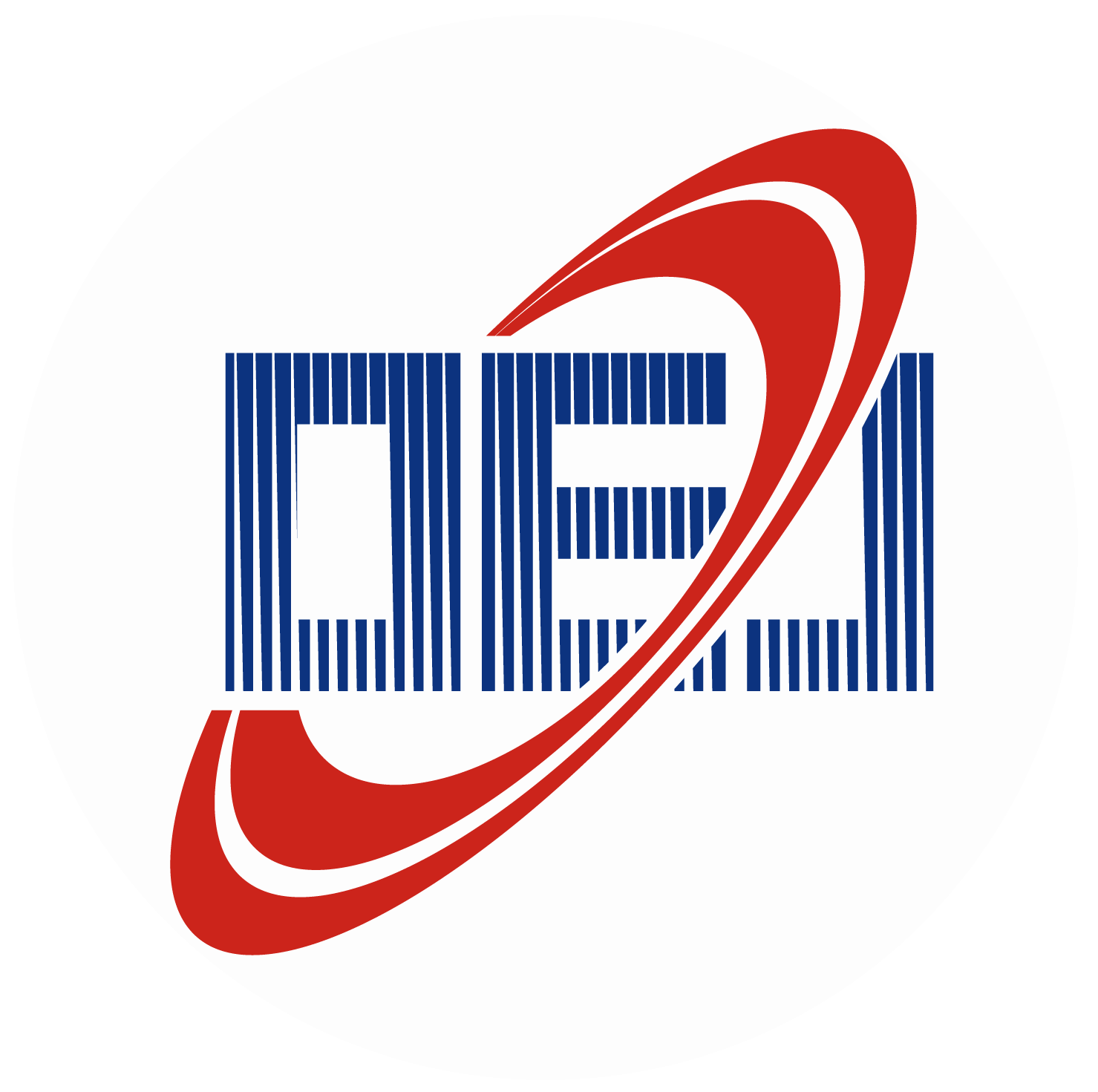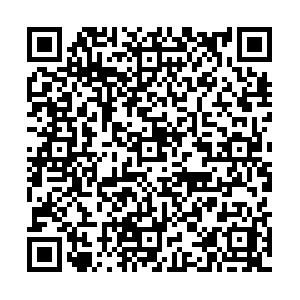-
Abstract
Owing to weak light-matter interactions in natural materials, it is difficult to dynamically tune and switch emission polarization states of plasmonic emitters (or antennas) at nanometer scales. Here, by using a control laser beam to induce a bubble (n=1.0) in water (n=1.333) to obtain a large index variation as high as |Δn|=0.333, the emission polarization of an ultra-small plasmonic emitter (~0.4λ2) is experimentally switched at nanometer scales. The plasmonic emitter consists of two orthogonal subwavelength metallic nanogroove antennas on a metal surface, and the separation of the two antennas is only sx=120 nm. The emission polarization state of the plasmonic emitter is related to the phase difference between the emission light from the two antennas. Because of a large refractive index variation (|Δn|=0.333), the phase difference is greatly changed when a microbubble emerges in water under a low-intensity control laser. As a result, the emission polarization of the ultra-small plasmonic emitter is dynamically switched from an elliptical polarization state to a linear polarization state, and the change of the degree of linear polarization is as high as Δγ≈0.66. -



 E-mail Alert
E-mail Alert RSS
RSS


